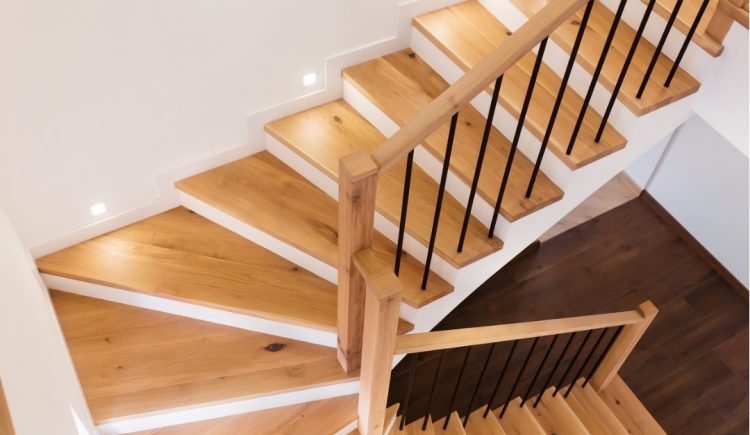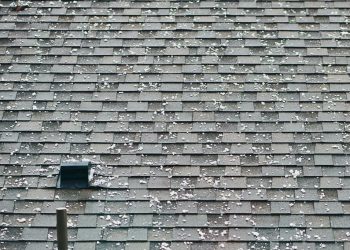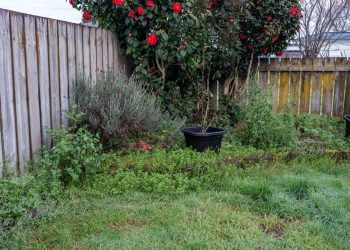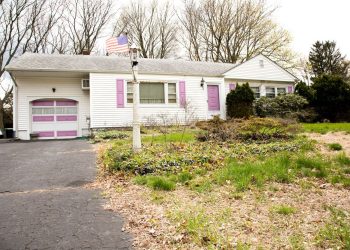Stairs can be difficult for both people and pets to navigate safely. There are several ways to increase traction, make your stairs safer and improve their appearance, all while adding value to your home.
Provide Traction
Many accidents on stairs are due to a lack of traction. Adding strips of carpet can make it easier for people and pets to walk up and down safely. If someone does slip and fall on stairs with carpet treads, the carpet can provide cushioning that can prevent or minimize injuries.
One option is to install pieces of carpet that cover entire steps. That can make stairs look more attractive and may be the best option if the wood or other material that the stairs are made of is damaged or worn.
Another solution is to install stair treads. They cover most, but not all, of each step and can be removed when they need to be cleaned. Some stair treads only cover the surface of the steps, where people and pets walk. Other types of treads extend over the vertical side of the steps. If you decide to change the color or pattern, you can easily remove stair treads and replace them with different ones.
Some treads don’t attach to stairs, but they have a skid-resistant rubber backing that minimizes movement. Other types of treads attach to stairs with double-sided tape or Velcro®.
Add One or Two Railings
Railings can prevent accidents, but many staircases don’t have them, or they only have a railing on one side. When there is a single railing, people tend to grip it with their dominant hand when going up or coming down, but they don’t grab it when going in the other direction. Having railings on both sides can reduce the risk of an accident. Railings should be round, easy to grip and placed at a height where people can easily reach them.
Improve Lighting and Provide Visual Cues
Many accidents occur because people can’t see steps. If your staircase doesn’t have adequate lighting at the top, middle and bottom, you can install light fixtures or possibly remodel the house to add a window or skylight.
People frequently fall because they can’t distinguish where a step ends and where the floor begins. Stair treads that are a different color than the material beneath them and stairs made with a different material than the flooring at the top and bottom can be helpful.
Bring the House Up to Code
In older homes, stairs are sometimes so steep that they’re difficult for people, especially seniors and children, to ascend and descend safely. Steps may be so narrow that a person’s feet extend past the end of a step, or the stairs may have inconsistent dimensions that make walking up and down tricky. In basements in older houses, the clearance may be so low that people can hit their heads. If stairs in your home are difficult to navigate for any of these reasons, you can have them remodeled to meet current building codes and make them safer.











